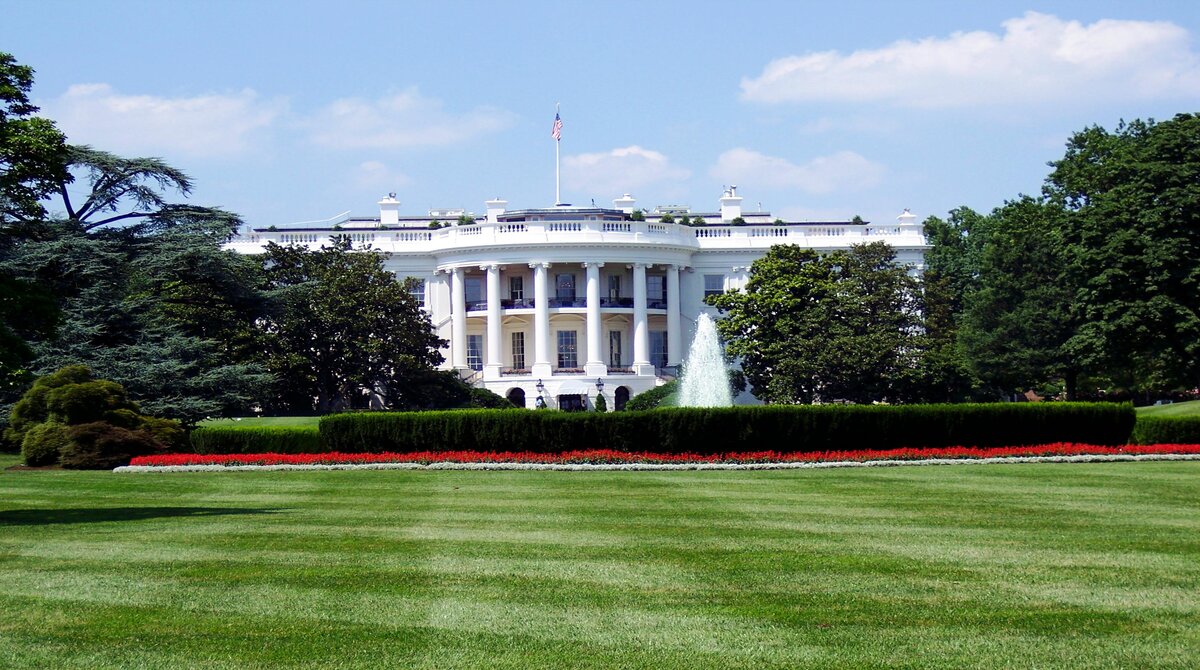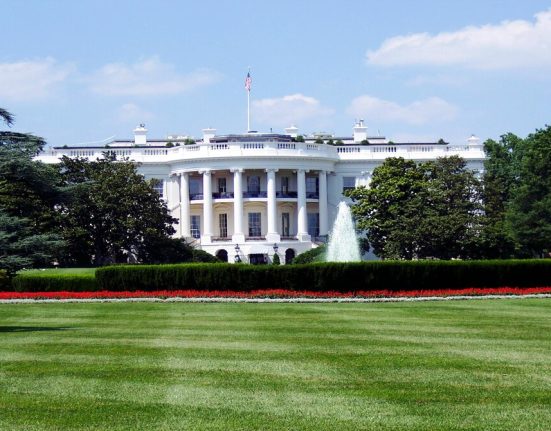In the 2024 election, Donald Trump has garnered significant support over Kamala Harris due to a variety of strategic, demographic, and messaging factors. Trump’s team leveraged influential support, especially from prominent tech figures like Elon Musk, and reached younger audiences through appearances on popular platforms like podcasts and social media with influencers like Adin Ross, Logan Paul, and the Nelk Boys. This outreach aimed to increase engagement, especially among younger men and those in traditionally lower-voter-turnout regions, amplifying his visibility across diverse platforms in a way that resonated with many voters.
Additionally, demographic differences contributed to Trump’s edge in certain regions and among specific groups. Trump maintains robust support among white voters and those without a college degree, and he has a substantial lead with older voters. Meanwhile, Harris has maintained support among younger, more educated, and nonwhite voters. Nonetheless, Trump’s outreach to economically challenged, industrial areas and historically Democratic constituencies may have helped him slightly reduce Harris’s support margin among these groups.
Issues also play a critical role. Trump’s messaging on economic revival and traditional values resonated with voters in economically impacted areas and some socially conservative communities, while Harris’s positions on healthcare, women’s rights, and education were popular among progressives but met resistance in certain conservative demographics. The contrasts in their campaign themes ultimately reflect the ideological and cultural divides seen in the current voter landscape.
These factors, among others, highlight why Trump gained traction in key regions and demographics, fueling his lead over Harris.
Resources:
Here’s a list of essential 2024 voting resources to help voters stay informed and navigate the voting process:
- Vote.org – This comprehensive site provides voter registration information, polling place locators, early voting and absentee ballot details, and deadlines by state. Visit Vote.org
- U.S. Election Assistance Commission (EAC) – Offers resources for locating polling places, understanding voter ID laws, and exploring election security information. Visit EAC.gov
- Ballotpedia – Contains nonpartisan information on federal, state, and local elections, candidate profiles, and detailed ballot measure explanations. Visit Ballotpedia
- Rock the Vote – Aimed at young voters, Rock the Vote includes registration tools, voting reminders, and educational resources on voting rights. Visit RocktheVote.org
- National Conference of State Legislatures (NCSL) – Provides an overview of state-by-state election laws, absentee voting, and mail-in ballot guidelines. Visit NCSL.org
- Vote411.org by the League of Women Voters – Allows voters to find local and state candidate information, election dates, and registration details. Visit Vote411.org
- iwillvote.com – Hosted by the Democratic National Committee, this resource provides voter registration links, polling locations, and state-specific requirements. Visit IWillVote.com
- When We All Vote – A nonprofit focused on increasing voter participation, offering tools for registration, voting reminders, and election news updates. Visit WhenWeAllVote.org
- Overseas Vote Foundation – For U.S. citizens living abroad or military members, this site provides guidance on absentee voting and election dates. Visit OverseasVote.org
- Native Vote – Focused on empowering Native American voters, with resources on how to register, voting rights, and polling information for tribal communities. Visit NativeVote.org
These resources can help voters stay engaged, informed, and prepared for the 2024 election.

